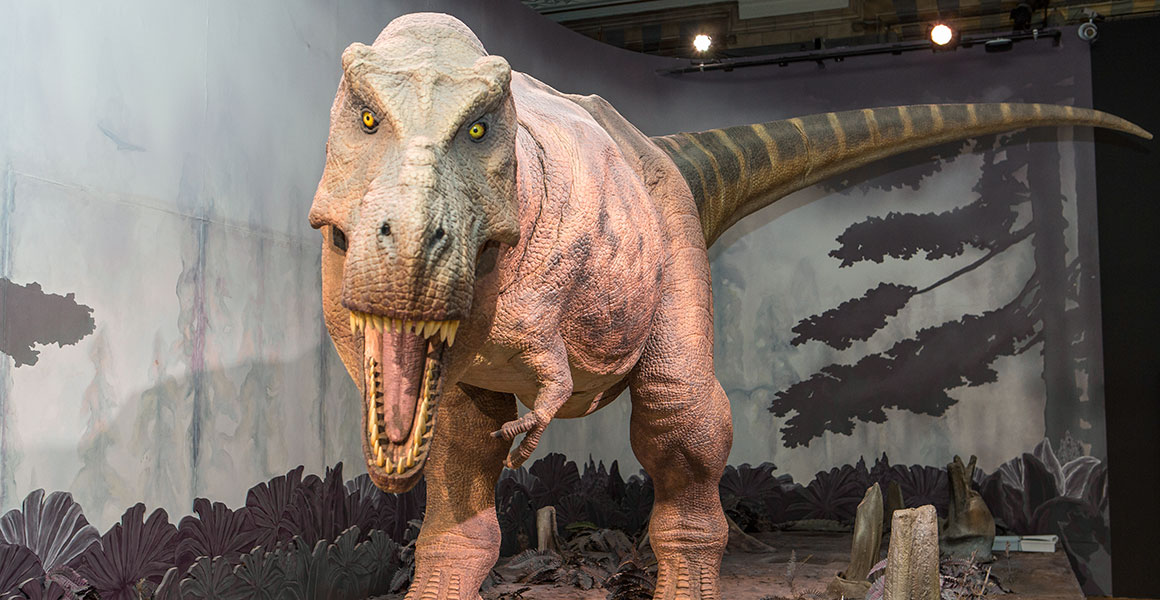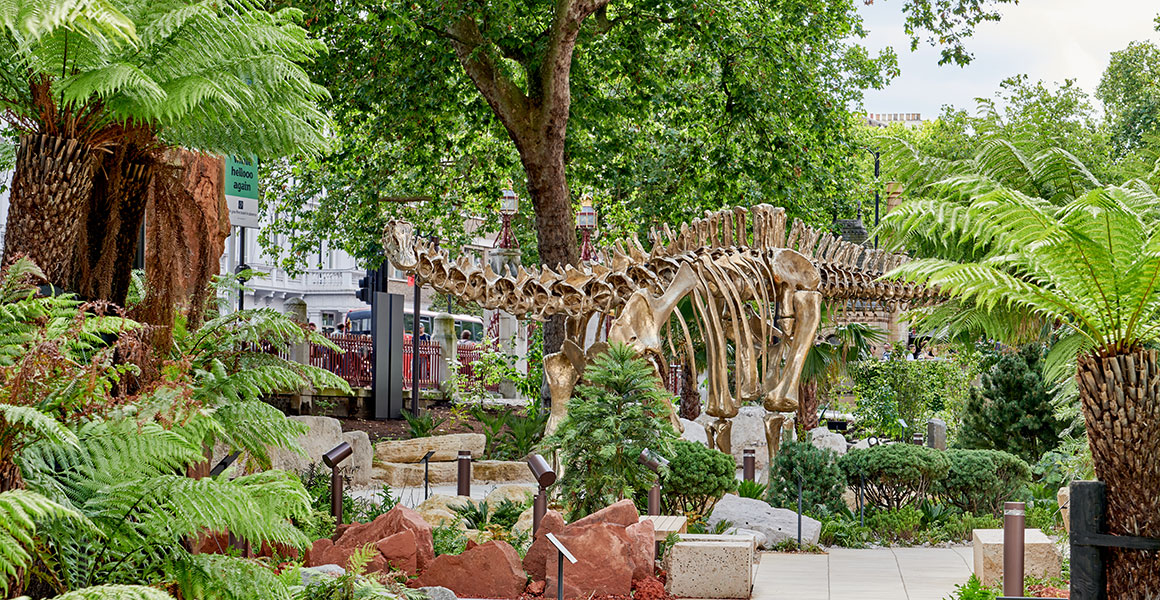Family favourites
Round up your family and take a tour to see some of our biggest sights including dinosaurs, whales and volcanoes.

Discover what you can see and do in our free galleries, and where you can eat, drink and shop across the Museum.
Whether you're visiting us for the first time or the fiftieth, these self-guided tours will show you the best we have to offer.

Round up your family and take a tour to see some of our biggest sights including dinosaurs, whales and volcanoes.

Even if you've visited us before there's still plenty to discover. This tour guides you through some of our lesser-known treasures and is great for all ages.

Uncover some of our most fascinating stories and learn something new with this engaging tour aimed at adults and solo travellers.
Sir David Attenborough's unmistakable voice and expertise on all things nature make him the perfect person to take you on an audio-guided tour of Hintze Hall's star specimens.
There is so much for families to explore in the galleries, including your favourite dinosaurs, volcanoes and mammals. Don't miss the Dinosaur gallery and our earthquake simulator.
Find out what you can do with us during September, October and November. With Museum tours, a climate-conscious new gallery and events to inspire your creative side - there's an activity for everyone.
From prehistoric predators to early humans and fossilised plant life, these specimens tell the incredible story of how life evolved on our planet.

The Museum's dinosaurs are world-famous. Meet the roaring T. rex, see the skull of a Triceratops and wander among fossils in the Dinosaurs gallery.
Blue zone

Examine remarkable fossil evidence of long-ago events in the Lasting Impressions gallery.
Red zone

Come and say hello to our newest dino-pal, Fern the bronze Diplodocus supported by Kasuma Trust. Standing proud within our newly redesigned gardens, Fern is surrounded by tree ferns, cyciads and a prowling Hypsilophodon.
In the gardens

Meet Enigmacursor mollyborthwickae, a new species of dinosaur officially recognised by science that’s taking up permanent residence on our Earth Hall Mezzanine.
This two-legged herbivore would have stood at around half a metre tall and would have been found darting around the floodplains of the western USA alongside giants such as Diplodocus